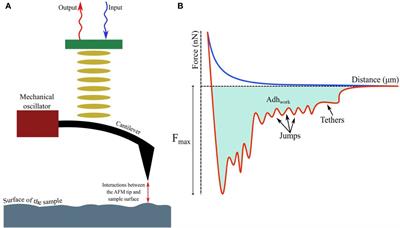MINI REVIEW
Published on 02 Oct 2020
Atomic Force Microscopy (AFM) As a Surface Mapping Tool in Microorganisms Resistant Toward Antimicrobials: A Mini-Review

doi 10.3389/fphar.2020.517165
- 8,259 views
- 14 citations
11k
Total downloads
61k
Total views and downloads
MINI REVIEW
Published on 02 Oct 2020

REVIEW
Published on 04 Oct 2019
REVIEW
Published on 04 Oct 2019